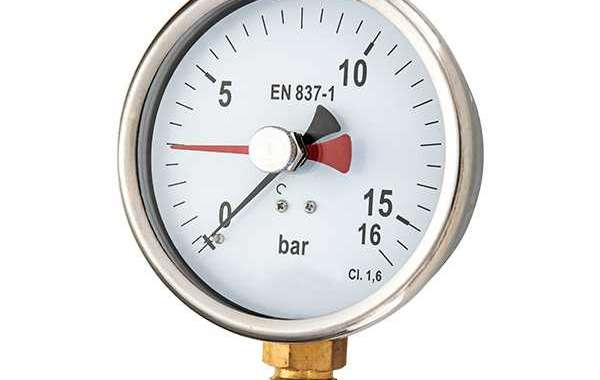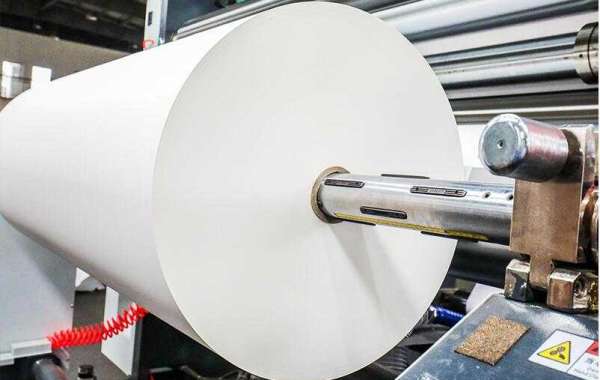There are two main types of pressure gauges. Today, the pressure gauge manufacturer Will explore why you might consider investing in liquid filling gauges instead of dry gauges. Dry pressure gauges are the main force in the industrial and commercial parts industry. Check out most air compressors. Many industrial machines and even some more advanced bicycle pumps have dry gauges. Dry meters do have some disadvantages. The moisture inside the dial will cover the dial. If the temperature drops to a sufficiently low level, the moisture will be converted into ice, causing complete damage to the equipment.
So, what about liquid-filled pressure gauges? Is their performance different?
Yes, they have Glycerine filled pressure gauge. If the dry pressure gauge is a horse, then the liquid-filled pressure gauge is like Budweiser Clydesdales, which can do the same job, but with higher accuracy, yes, I would say it ...style. The glycerine-filled pressure gauge can be used within the pressure range equal to or higher than that of dry type. Although silicone or other liquids are sometimes used, their shell is filled with liquid, usually glycerin. The liquid is applied to the internal parts and is visible on the surface of the pressure gauge. The liquid inside can reduce the effects of pulsation and pressure spikes-this is another advantage compared to choosing a dry pressure gauge. This means that the pressure gauge is unlikely to give inaccurate readings due to wear caused by mechanical vibration and pulsation. In dealing with these effects, the liquid in these pressure gauges plays a dual role. It not only helps to reduce the impact of vibration but also lubricates the moving parts of the level gauge, thereby reducing daily friction. The filler also has the benefit of preventing internal corrosion. Because the Bourdon tube and the movement are covered by a liquid, moisture and other corrosive substances are kept isolated. All these factors add up to extend the service life, and the replacement cost of liquid-filled pressure gauges is lower than that of dry pressure gauges. In an environment where vibration and condensation are important factors, it is definitely a factor to consider.







